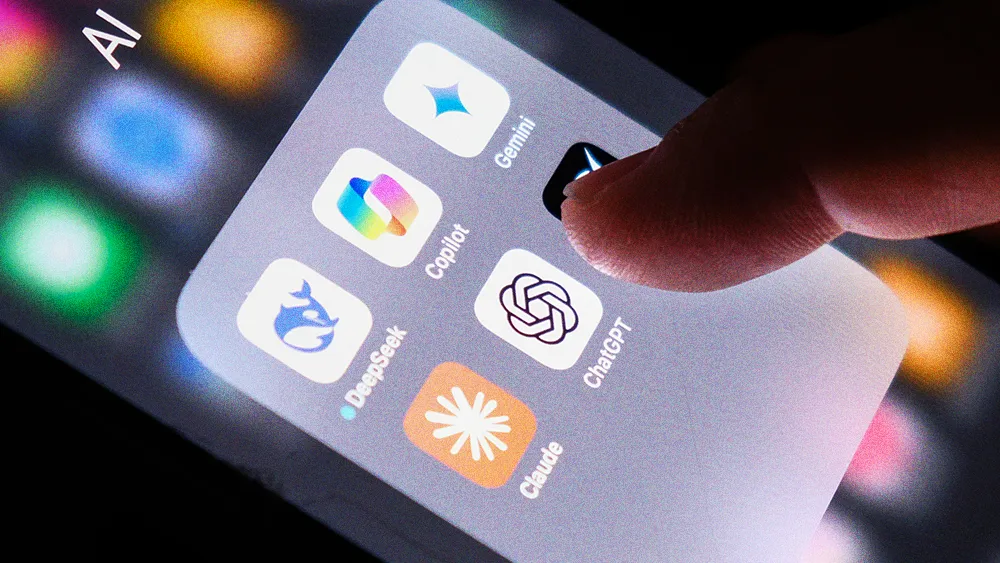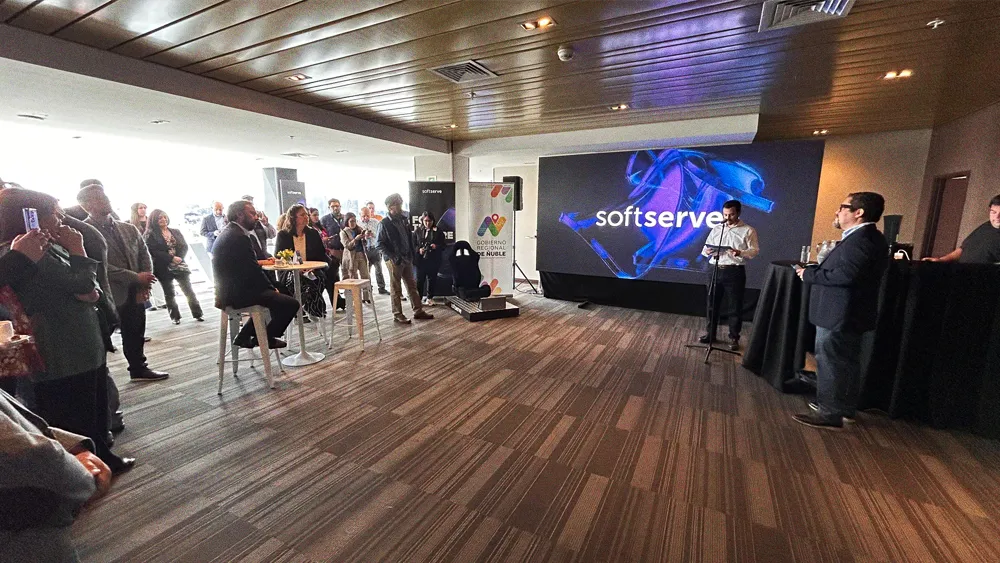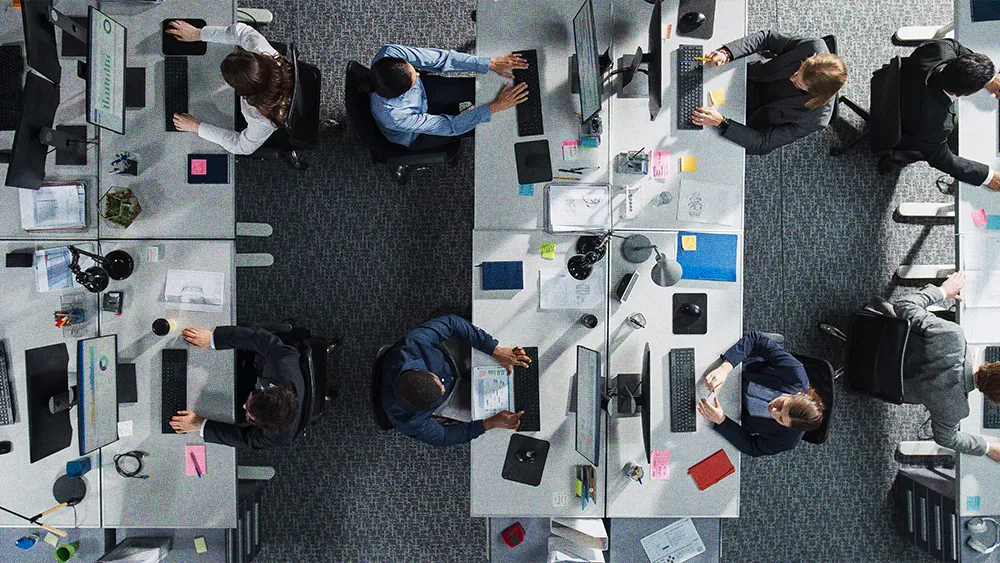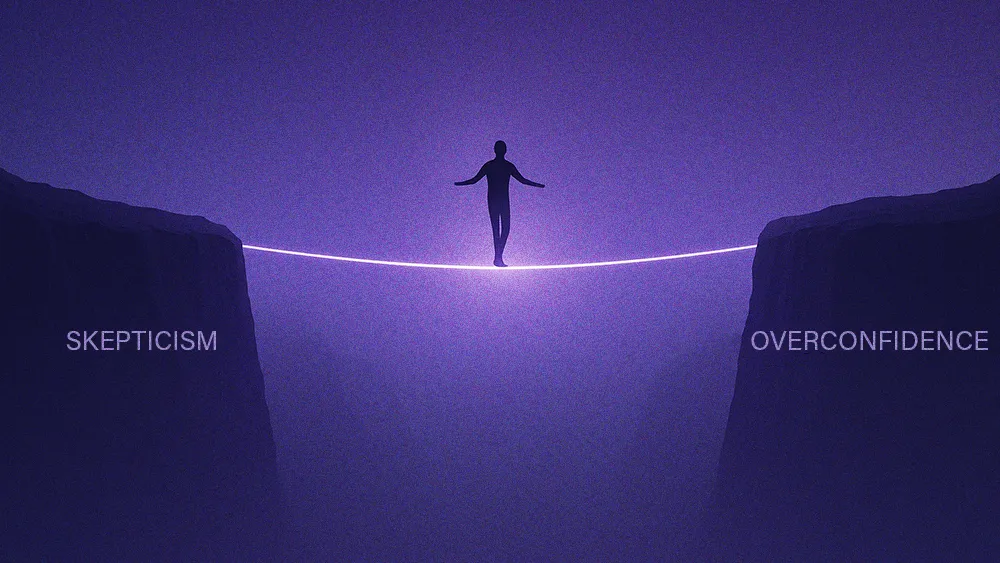AI in HR doesn’t have to be a threat if leaders prioritize human enhancement, connection, and trust
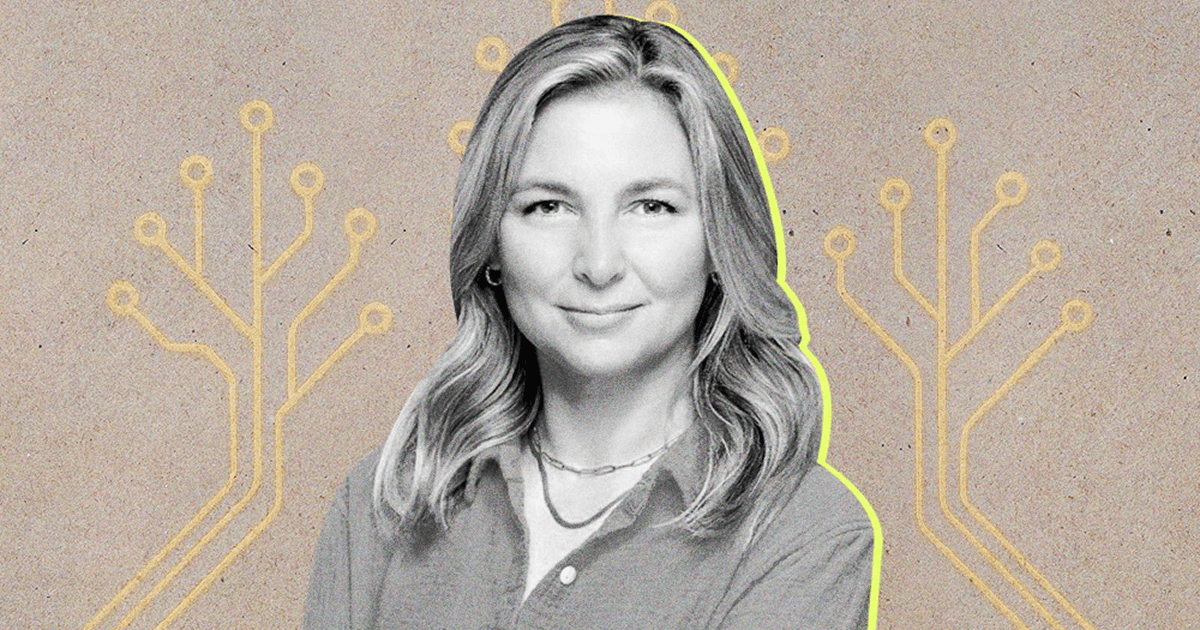
Key Points
Kate O’Neil, CEO of Opre, discusses the importance of intentional information sharing over transparency to build trust in remote work settings.
O’Neil argues that AI should enhance human capabilities in HR, not replace them, by ensuring consistent information sharing.
O’Neil believes AI can enhance human connection by helping discern where to focus relationship-building efforts.
I think a lot of people like to talk about transparency as a corporate value. But it's information sharing, not necessarily transparency that creates trust.

Kate O'Neil
Co-Founder and CEO
Opre
As evolving work models reshape industries and the rapid integration of AI stirs both hope and apprehension, a fundamental tension emerges: how can organizations leverage powerful new technologies while preserving the essential human elements of trust and connection?
For Kate O’Neil, Co-Founder and CEO of Opre, navigating fresh AI tech isn’t about choosing technology or humanity, but about leaders becoming far more intentional in how they foster both.
Information sharing over transparency: Building trust, particularly in remote settings, requires a nuanced approach that goes beyond blanket transparency. “I think a lot of people like to talk about transparency as a corporate value. But it’s information sharing, not necessarily transparency that creates trust,” O’Neil notes, highlighting a subtle but crucial distinction. This involves leaders discerning precisely what information teams need and ensuring it’s understood, rather than overwhelming them. “As CEO, I’m responsible for asking employees, ‘Is this the information that you need to do your jobs?’ I’m accountable to the people who work here. I’m always asking myself, what else can I provide to create the transparency necessary to build trust?”
Across the remote divide: The challenge intensifies in remote environments where the subtle cues of in-person interaction are absent. “You might feel a little more trust because you feel a human connection more in person than you do over Zoom,” O’Neil observes. Compensating for this distance demands deliberate effort. “You have to make sure you’re really deliberate and consistent about it, so that people can feel that trust and transparency that you get from being in person.”
AI as enhancer, not replacement: When considering AI’s role in HR, O’Neil pushes back against dystopian fears. “It’s still very new and I can see people’s fears about eliminating the human connection,” she acknowledges. “But what AI really helps us to do is to be more consistent and deliberate about the information sharing necessary to create the trust.” Rather than replacing the human element, AI can act as a tool to augment human capabilities, ensuring the consistency and follow-through that underpin reliable relationships and build organizational trust.
A transformative parallel: Drawing on her marketing background, O’Neil sees AI’s potential impact on HR as revolutionary, akin to a previous technological shift. “I think what the Internet did for marketers, AI is doing for HR,” she posits. Before the internet, she explains, marketers relied on less measurable channels like print ads and billboards. “There was really nothing that was measurable about it. You had some measures, but it wasn’t anything that you could help to create better experiences.” The internet brought data and the ability to test, learn, and optimize – a transformation O’Neil anticipates AI will bring to the people-focused functions of HR.
Personalizing the future of work: AI’s truest promise might come in the form of highly personalized employee experiences, moving beyond outdated structures. “The best example is the concept of working hours. Why do we work 9 to 5?” O’Neil questions. “AI is going to help me to integrate my work in my life in ways where I am getting the work and the impact done that I need to get done. It will be able to create a more customized employee experience that helps me live the life that I need to live, and by doing that, it helps me to be a better and more intentional worker.”
Humanity wins: Ultimately, harnessing AI’s potential for positive human connection hinges on discernment. “When we as humans have the ability to discern and understand where we should be putting our efforts to develop relationships with real humans, AI can help us to do that,” O’Neil states. She notes that her own company, Opre, is working on tools to understand communication patterns, helping users grasp intent and meaning more clearly. “It gives you more insight into what they really mean.”
The focus on using AI to enhance human understanding is key. “That’s where I think AI is helping to create more human connection,” she concludes, acknowledging the potential pitfalls. “I think there will be a lot of pain along the way with people who look for something that’s missing in their lives from a machine, rather than from within. But I think that humanity always wins.”
When we as humans have the ability to discern and understand where we should be putting our efforts to develop relationships with real humans, AI can help us to do that.

Kate O'Neil
Co-Founder and CEO
Opre
When we as humans have the ability to discern and understand where we should be putting our efforts to develop relationships with real humans, AI can help us to do that.

Kate O'Neil
Co-Founder and CEO
Opre
Related articles
TL;DR
Kate O’Neil, CEO of Opre, discusses the importance of intentional information sharing over transparency to build trust in remote work settings.
O’Neil argues that AI should enhance human capabilities in HR, not replace them, by ensuring consistent information sharing.
O’Neil believes AI can enhance human connection by helping discern where to focus relationship-building efforts.

Kate O'Neil
Opre
Co-Founder and CEO

Co-Founder and CEO
As evolving work models reshape industries and the rapid integration of AI stirs both hope and apprehension, a fundamental tension emerges: how can organizations leverage powerful new technologies while preserving the essential human elements of trust and connection?
For Kate O’Neil, Co-Founder and CEO of Opre, navigating fresh AI tech isn’t about choosing technology or humanity, but about leaders becoming far more intentional in how they foster both.
Information sharing over transparency: Building trust, particularly in remote settings, requires a nuanced approach that goes beyond blanket transparency. “I think a lot of people like to talk about transparency as a corporate value. But it’s information sharing, not necessarily transparency that creates trust,” O’Neil notes, highlighting a subtle but crucial distinction. This involves leaders discerning precisely what information teams need and ensuring it’s understood, rather than overwhelming them. “As CEO, I’m responsible for asking employees, ‘Is this the information that you need to do your jobs?’ I’m accountable to the people who work here. I’m always asking myself, what else can I provide to create the transparency necessary to build trust?”
Across the remote divide: The challenge intensifies in remote environments where the subtle cues of in-person interaction are absent. “You might feel a little more trust because you feel a human connection more in person than you do over Zoom,” O’Neil observes. Compensating for this distance demands deliberate effort. “You have to make sure you’re really deliberate and consistent about it, so that people can feel that trust and transparency that you get from being in person.”
AI as enhancer, not replacement: When considering AI’s role in HR, O’Neil pushes back against dystopian fears. “It’s still very new and I can see people’s fears about eliminating the human connection,” she acknowledges. “But what AI really helps us to do is to be more consistent and deliberate about the information sharing necessary to create the trust.” Rather than replacing the human element, AI can act as a tool to augment human capabilities, ensuring the consistency and follow-through that underpin reliable relationships and build organizational trust.

Kate O'Neil
Opre
Co-Founder and CEO

Co-Founder and CEO
A transformative parallel: Drawing on her marketing background, O’Neil sees AI’s potential impact on HR as revolutionary, akin to a previous technological shift. “I think what the Internet did for marketers, AI is doing for HR,” she posits. Before the internet, she explains, marketers relied on less measurable channels like print ads and billboards. “There was really nothing that was measurable about it. You had some measures, but it wasn’t anything that you could help to create better experiences.” The internet brought data and the ability to test, learn, and optimize – a transformation O’Neil anticipates AI will bring to the people-focused functions of HR.
Personalizing the future of work: AI’s truest promise might come in the form of highly personalized employee experiences, moving beyond outdated structures. “The best example is the concept of working hours. Why do we work 9 to 5?” O’Neil questions. “AI is going to help me to integrate my work in my life in ways where I am getting the work and the impact done that I need to get done. It will be able to create a more customized employee experience that helps me live the life that I need to live, and by doing that, it helps me to be a better and more intentional worker.”
Humanity wins: Ultimately, harnessing AI’s potential for positive human connection hinges on discernment. “When we as humans have the ability to discern and understand where we should be putting our efforts to develop relationships with real humans, AI can help us to do that,” O’Neil states. She notes that her own company, Opre, is working on tools to understand communication patterns, helping users grasp intent and meaning more clearly. “It gives you more insight into what they really mean.”
The focus on using AI to enhance human understanding is key. “That’s where I think AI is helping to create more human connection,” she concludes, acknowledging the potential pitfalls. “I think there will be a lot of pain along the way with people who look for something that’s missing in their lives from a machine, rather than from within. But I think that humanity always wins.”
